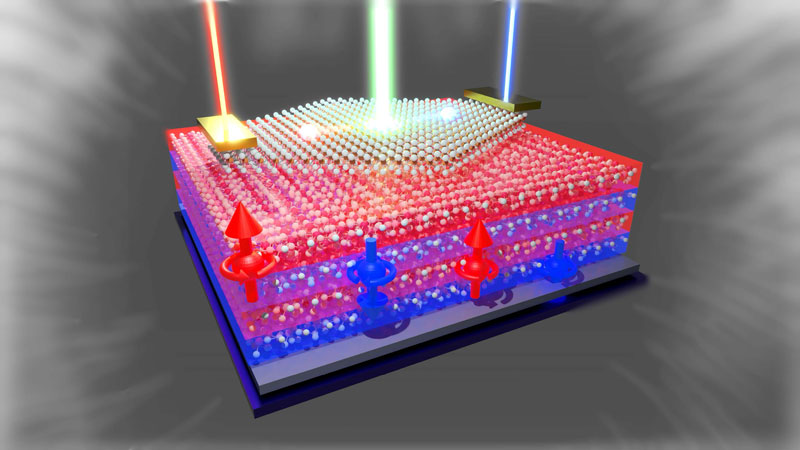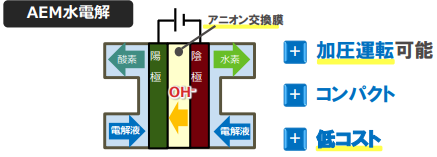2025-06-02 京都大学

観測に成功した磁気バルク光起電力効果とそのデバイスのイメージ図
<関連情報>
- https://www.kyoto-u.ac.jp/ja/research-news/2025-06-02
- https://www.kyoto-u.ac.jp/sites/default/files/2025-05/web_2505_Matsuda-d839cdfc68a33db4acd8edea5ffc7c31.pdf
- https://www.nature.com/articles/s41467-025-58918-9
P対称性とT対称性が破れた単層半導体と層状磁性体のヘテロ界面における非線形光起電力効果 Nonlinear photovoltaic effects in monolayer semiconductor and layered magnetic material hetero-interface with P– and T-symmetry broken system
Shuichi Asada,Keisuke Shinokita,Kenji Watanabe,Takashi Taniguchi & Kazunari Matsuda
Nature Communications Published:24 May 2025
DOI:https://doi.org/10.1038/s41467-025-58918-9
Abstract
Stacking two non-polar materials with different inversion- and rotational-symmetries shows unique nonlinear photovoltaic properties, with potential applications such as in next generation solar-cells. These nonlinear photocurrent properties could be further extended with broken time reversal symmetry present in magnetic materials, however, the combination of time reversal and rotation symmetry breaking has not been fully explored. Herein, we investigate the nonlinear photovoltaic responses in van der Waals heterostructure compromising of monolayer semiconductor and layered magnetic material, MoS2/CrPS4; a system with broken P– and T-symmetry. We clearly observe the finite spontaneous photocurrent as shift current at the interface of the MoS2/CrPS4 heterostructure. Moreover, we demonstrate that the spontaneous photocurrent drastically changes according to the magnetic phases of CrPS4. The magnetic phase dependent spontaneous nonlinear photocurrent provides a platform for studying nonlinear photoresponses in systems with broken P– and T-symmetry, and the potential development of magnetic controllable photovoltaic devices.



